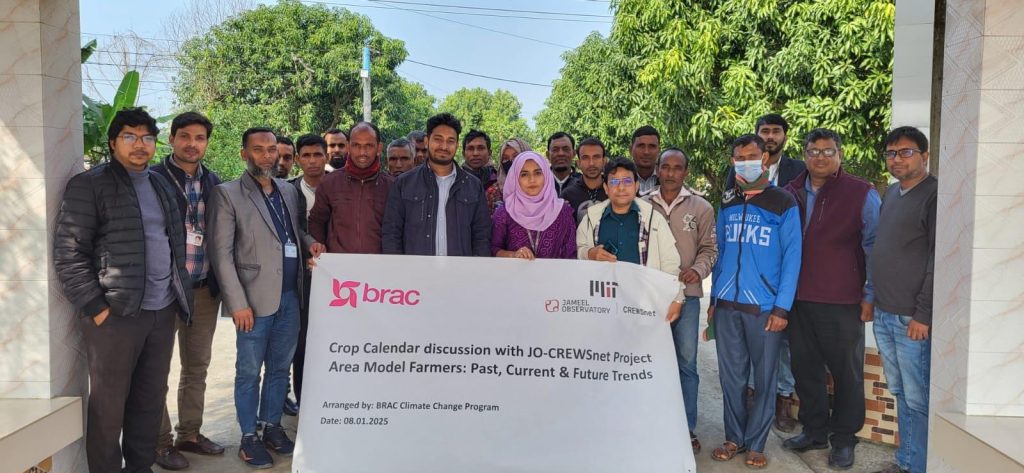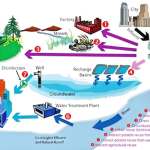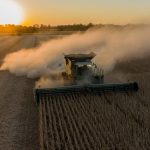Are you tired of unpredictable harvests and wasted resources? Imagine having a tool that guides you through every step of your planting season, ensuring you get the most out of your crops.
A well-organized crop calendar can be your secret weapon to achieving this. It’s more than just a schedule; it’s a strategic plan that aligns with nature’s rhythm and maximizes your farm’s potential. In this guide, you’ll discover how to create an effective crop calendar that not only simplifies your agricultural activities but also boosts your productivity and profits.
Curious to know how this simple tool can transform your farming success? Read on to unlock the secrets of a thriving agricultural season.

Importance Of Crop Calendars
Crop calendars hold immense importance in agriculture. They serve as a strategic tool for farmers. Planning and managing crops effectively becomes easier. These calendars enhance productivity and ensure timely actions. They help farmers make informed decisions about planting and harvesting. With a crop calendar, farmers optimize resource use and minimize risks.
Understanding Seasonal Variations
Crops grow differently in each season. A crop calendar helps track these variations. Farmers know the best time to plant. They understand when to expect harvests. This knowledge prevents crop failures due to weather changes.
Efficient Resource Management
Crop calendars aid in resource allocation. Farmers allocate water, fertilizers, and labor efficiently. This prevents wastage and ensures sustainability. Resources are used when they are most needed.
Timely Pest And Disease Control
Early detection of pests and diseases is crucial. Crop calendars provide timely alerts. Farmers take preventive measures at the right time. This reduces crop loss and ensures healthy yields.
Enhanced Yield Predictions
Predicting yields accurately is beneficial. Crop calendars assist in making yield forecasts. Farmers plan sales and marketing strategies. This results in better financial planning and stability.
Improved Crop Rotation Practices
Rotating crops is essential for soil health. Crop calendars guide farmers in rotation schedules. This improves soil fertility and reduces erosion. Crop rotation benefits the long-term health of the land.

Analyzing Climate And Soil Conditions
Creating an effective crop calendar involves analyzing climate and soil conditions. Understanding weather patterns helps determine planting times. Soil quality influences crop growth and productivity. Careful assessment ensures optimal crop yield throughout the seasons.
Creating an effective crop calendar is like setting the stage for a successful farming season. One of the critical components is analyzing climate and soil conditions. Understanding these factors can make all the difference in your yield. You want your crops to thrive, not just survive. Have you ever wondered why some farmers seem to get it right every time? It often comes down to how well they know their land and its unique conditions.Understanding Your Local Climate
Start by researching your area’s climate data. Look at past weather patterns, average temperatures, and rainfall throughout the year. This information helps you plan when to plant and harvest. Consider any microclimates on your property. These are areas that might have different weather conditions due to elevation, proximity to water, or urban structures. Knowing these can help you tailor your crop calendar more precisely.Evaluating Soil Quality
Test your soil. A simple soil test will tell you about nutrient levels, pH balance, and texture. This is essential for choosing the right crops that will thrive in your soil type. Analyze the results and amend your soil if necessary. You might need to add compost, lime, or other soil conditioners to improve its quality. This step can significantly influence your crop’s health.Matching Crops To Conditions
Once you understand the climate and soil, select crops that suit these conditions. Opt for varieties that naturally thrive in your environment. This increases your chances of a successful harvest. Consider crop rotation to maintain soil health. Different crops use different nutrients, so rotating them prevents soil depletion. This ensures your soil remains fertile for future planting.Learning From Experience
Reflect on past seasons. What worked well, and what didn’t? Use this knowledge to refine your crop calendar. Speak with local farmers. They can offer insights specific to your region that aren’t in textbooks. Sharing experiences can be invaluable. Creating a crop calendar isn’t just a task—it’s a strategy. By analyzing climate and soil conditions, you set the foundation for success. Are you ready to maximize your harvest? It starts with understanding your land.Selecting Suitable Crops
Creating an effective crop calendar involves selecting suitable crops based on climate and soil conditions. Plan planting and harvesting dates to optimize yield. This ensures a sustainable and profitable farming process.
Creating an effective crop calendar is crucial for any farmer aiming to maximize their yields and ensure a successful harvest. One of the most important steps in this process is selecting suitable crops. Choosing the right crops can mean the difference between a bountiful harvest and a disappointing season. It’s not just about what you can grow, but what you should grow based on various factors such as climate, soil type, and market demand. Let’s dive into some key considerations for making smart crop selections.Research Your Climate
Understanding your local climate is essential. Different crops thrive under different conditions. You wouldn’t plant tropical fruits in a temperate zone. Look into the average temperature, rainfall patterns, and length of seasons in your area. This information will guide you in choosing crops that can thrive without needing excessive protection or intervention.Assess Soil Conditions
Soil type and quality directly impact crop health. Conduct a soil test to determine pH levels, nutrient content, and drainage properties. If your soil is sandy, root vegetables might struggle, whereas loamy soil can support a wider variety. Adjust your crop choices based on these findings and consider soil amendments if necessary.Consider Market Demand
Growing crops that have a high market demand can ensure profitability. Stay updated on market trends and consumer preferences. Growing kale when everyone wants spinach could lead to unsold produce. Think about what local restaurants, supermarkets, and farmers’ markets are looking for.Evaluate Your Resources
Your resources dictate what you can grow. Do you have enough labor to manage labor-intensive crops? Is your water supply sufficient for water-intensive plants? A personal experience: I once planted tomatoes without realizing how much staking and pruning they require, which overwhelmed my small team. Learn from such experiences and plan accordingly.Test Small Before Scaling Up
Try a small plot before dedicating large fields to a new crop. This allows you to learn about the crop’s specific needs and potential issues. How will it react to pests in your area? How much care does it need? Testing small helps avoid large-scale failures.Plan For Crop Rotation
Crop rotation is crucial for soil health and pest control. Avoid planting the same crop in the same spot year after year. This practice reduces soil nutrient depletion and pest buildup. Rotate crops with different nutrient needs and root depths. Selecting suitable crops is a thoughtful process. By thoroughly considering climate, soil, market demand, resources, and rotation, you set yourself up for success. What crops are you considering for your next planting season, and how will you ensure they are the best fit for your land?
Scheduling Planting And Harvesting
Scheduling planting and harvesting is key to successful farming. Proper timing ensures healthy crops and a bountiful harvest. By understanding your crops’ needs, you can plan efficiently.
Understanding Your Local Climate
Weather affects planting and harvesting schedules. Know your area’s climate patterns. This helps predict the best times for planting. Consider average temperatures and rainfall. These factors influence crop growth and health.
Identifying The Best Planting Dates
Choose the right planting dates for each crop. Research the optimal growing conditions. Different crops have varied needs. Some thrive in cooler months. Others prefer warmth. Match planting dates with crop requirements.
Planning The Harvest Window
Determine the ideal harvest time for each crop. This ensures peak quality and yield. Monitor the growth stages closely. Keep track of maturity indicators. Plan labor and resources accordingly. Be ready to act promptly.
Utilizing Crop Rotation
Crop rotation boosts soil health and productivity. Schedule different crops in the same field. This practice prevents nutrient depletion. It also reduces pest and disease risks. Plan rotations with seasonal changes in mind.
Adjusting For Unexpected Weather
Weather can be unpredictable. Prepare for sudden changes. Have contingency plans ready. This might include replanting or altering harvest dates. Flexibility is crucial for minimizing losses.
Recording And Evaluating Results
Document each season’s planting and harvesting outcomes. Analyze successes and challenges. This information guides future planning. Use insights to refine your crop calendar. Continuous improvement leads to better yields.
Conclusion
Creating a crop calendar boosts your farming success. It helps plan activities. You know when to plant and harvest. Saves time and resources. Avoids costly mistakes. Makes farming more predictable. You enjoy better yields. Healthier crops. Less stress. Start your own crop calendar today.
Tailor it to your needs. Adapt it to changes. Keep it updated. Watch your farm thrive. Your efforts will pay off. Simple steps lead to big rewards. Share your experiences. Inspire others to plan better. A well-planned crop calendar is a farmer’s best tool.



